Newly restored tomb of Amun scribe in Luxor opens to tourists
Nevine El-Aref , Sunday 11 Feb 2024
After more than two decades of restoration, the tomb of Neferhotep, the great 18th Dynasty (1550-1292 BC) scribe of Amun, was officially opened on Sunday.

The tomb, located in the Al-Khokha area on Luxor's West Bank, was opened during a ceremony by Mostafa Waziry, secretary general of the Supreme Council of Antiquities, and Gonzalo Urriolabeitia, Argentina's ambassador to Cairo.
"Today's opening of the tomb introduces a significant new tourist destination to the attractions of Luxor's West Bank, particularly amidst the surge of tourists to the country during the winter season," said Waziry, adding that the tomb displays beautifully painted scenes and inscriptions.
The restoration of the tomb began in 2000. A mission from Buenos Aires University in Argentina was responsible for recording and studying the tomb's epigraphic and archaeological aspects, while a German archaeological team carried out the conservation and cleaning of the wall paintings.
"The project was accomplished thanks to a grant provided by the Gerda Henkel Foundation and was under the supervision of the Egyptian Ministry of Tourism and Antiquities," said Violeta Pereyra, the head of the Argentinean mission.
The wall paintings in the tomb were once colourful and of high artistic quality, but were severely damaged in the early 19th century.
Following an extensive and careful investigation, the German team developed a non-destructive method of cleaning the fragile wall paintings using lasers, revealing the murals and the hieroglyphs.
In addition, further extensive conservation measures were carried out on the wall paintings, reliefs, and sculptures to stabilize loose stone fragments, cracks, detached plaster, and paint layers.
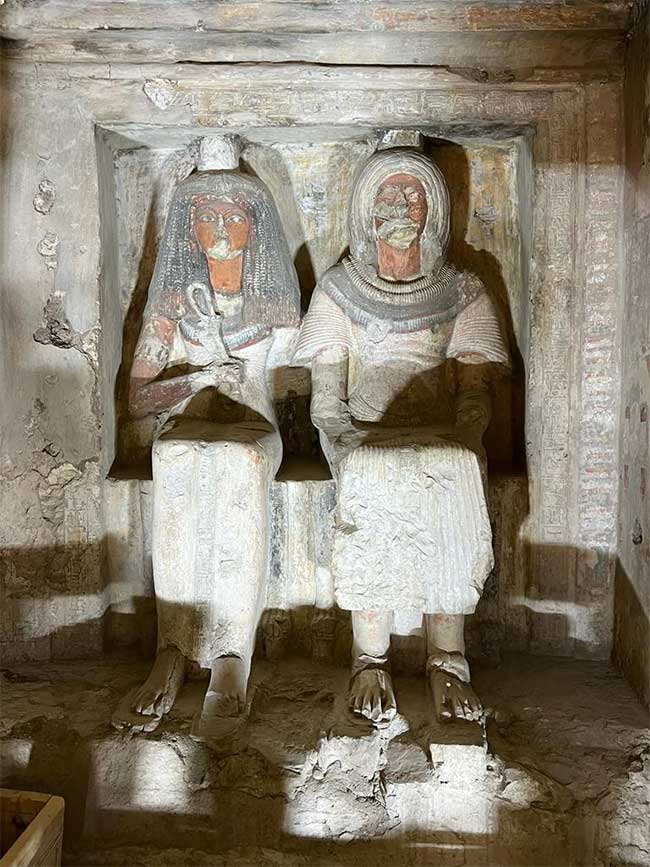
Tomb Highlights
Mohamed Abdel-Badiae, director of antiquities in Upper Egypt, said that the architectural structure of the subterranean structure was arranged east to west, evoking the regeneration of the deceased and the sun's daily journey.
From the courtyard, the sequence of rooms – outer passage, vestibule, inner passage, and cult chapel – culminate in a niche with three statue groups sculpted in the rock.
The five burial chambers were undecorated. A staircase excavated on the south side of the chapel is the entrance to the main burial chamber.
The artistic quality of its sculptures, reliefs, and wall paintings attest to the high heritage value of the tomb, whose decorative program reflects the changes in funeral practices that occurred after the Amarna Period (a period of religious change that saw the capital move from the north of Egypt to the south).
The representation of the Great Temple of Amun and its domains in the tomb's chapel as well as the royal palace in its vestibule are outstanding scenes, showcasing the high social status of the tomb's owner.
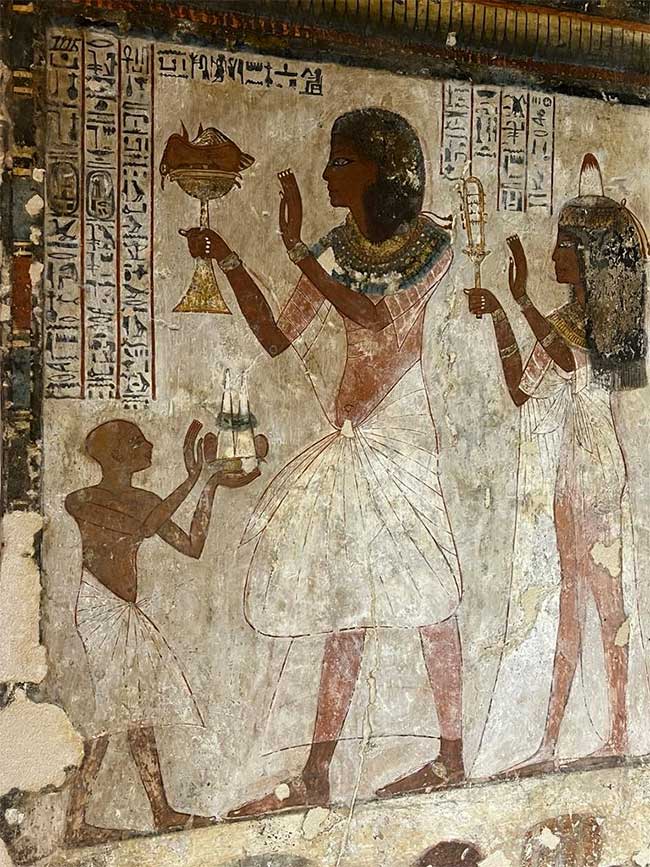
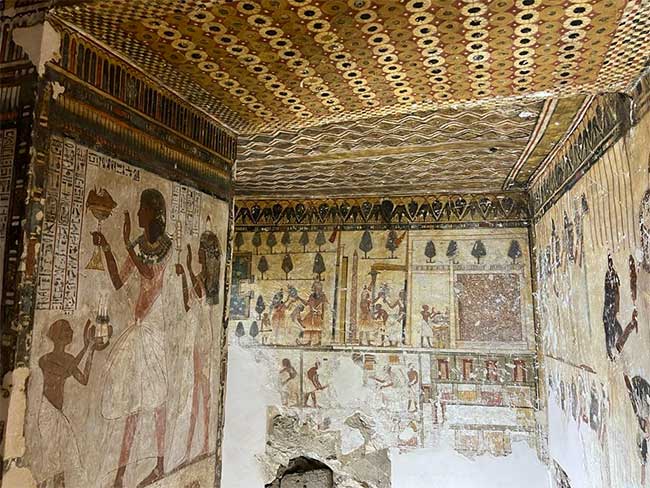
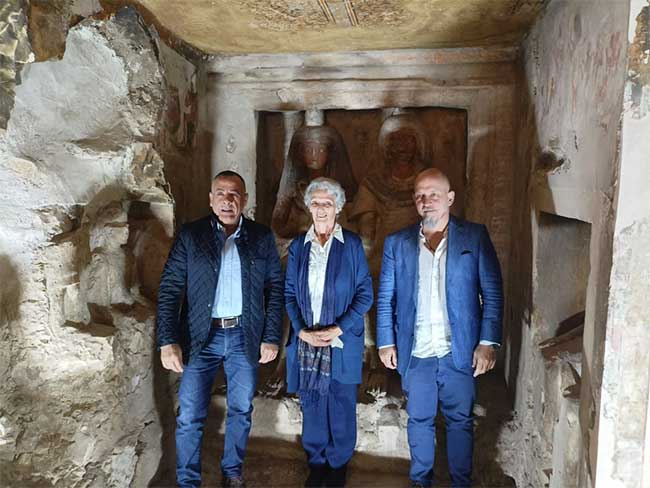
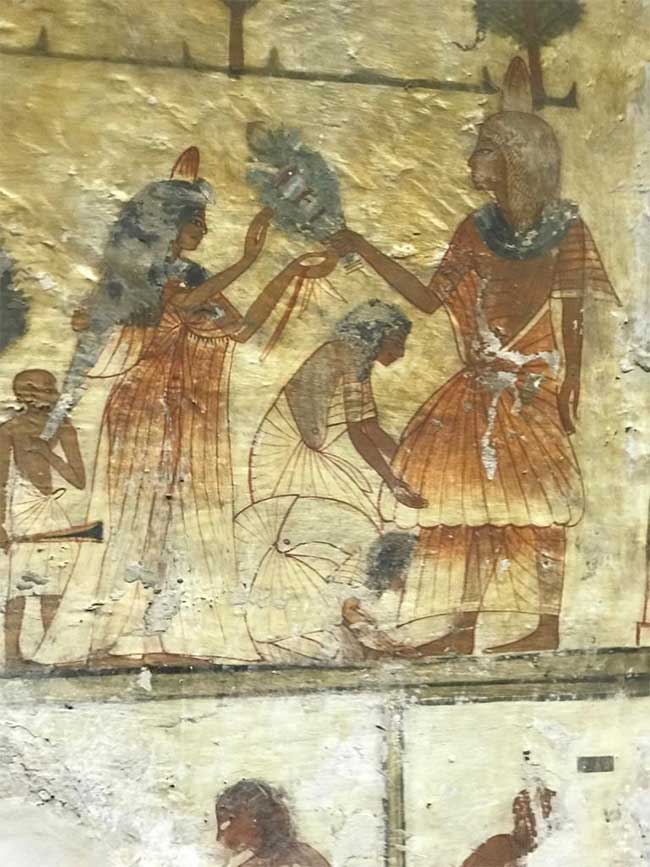

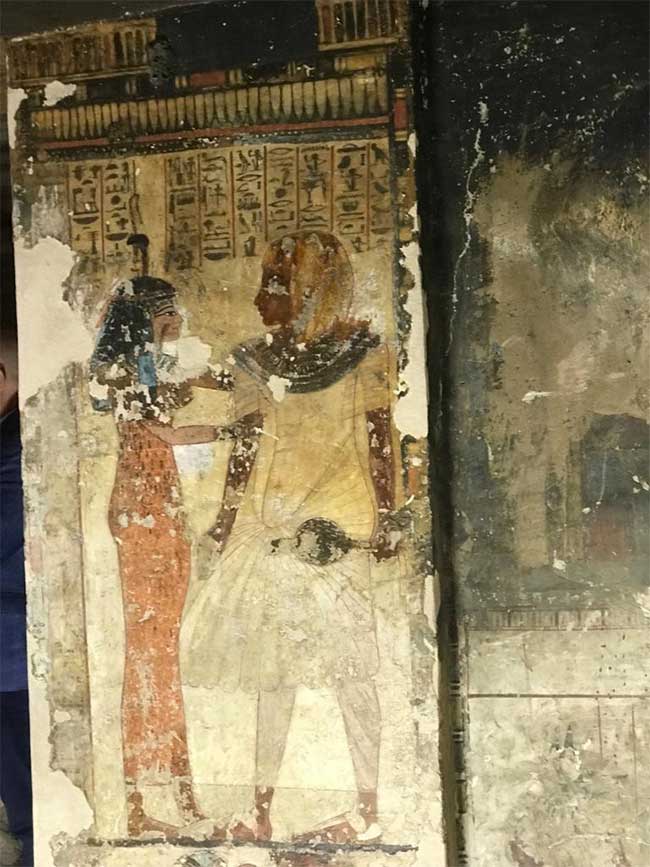
-- Sent from my Linux system.
No comments:
Post a Comment